What you need to know about coronavirus COVID-19
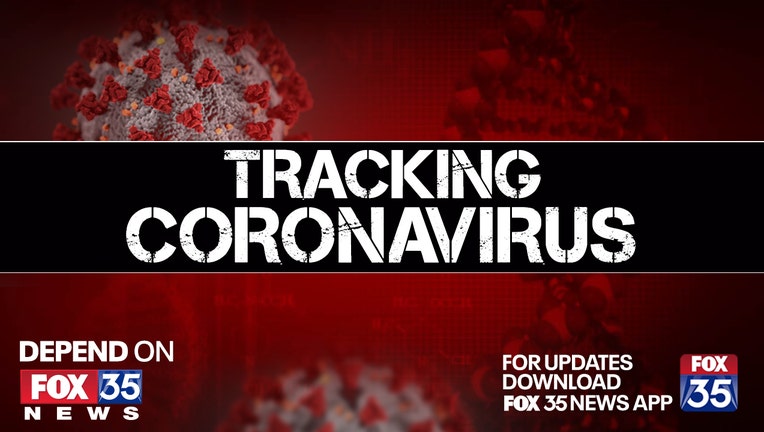
ORLANDO, Fla. - The newly identified COVID-19 virus refers to the novel coronavirus first detected in Wuhan China. This virus is different from the previously identified coronaviruses 229E, NL63, OC43, or HKU1 which have been known to circulate among humans causing mild illness likened to the common cold.
COVID-19 was previously thought to only infect animals but has now emerged to spread among people. The Centers for Disease Control and Prevention (CDC) says the first infections were associated with live animal markets in China but can spread person-to-person globally.
With the virus now present in the United States, below is everything you should know in order to prepare or what to do if you are exposed to the virus. Common questions and answers, as well as informative videos from medical professionals, are below the interactive map. Continue scrolling to read more.
LIVE: Interactive coronavirus case map
A live-updating map of novel coronavirus cases, courtesy of ARCGIS. Click on the Confirmed and Existing tabs (or the arrows), then use the + and - buttons to zoom in and out on the map. You can also scroll the map in different directions.
MOBILE USERS CLICK HERE TO VIEW MAP
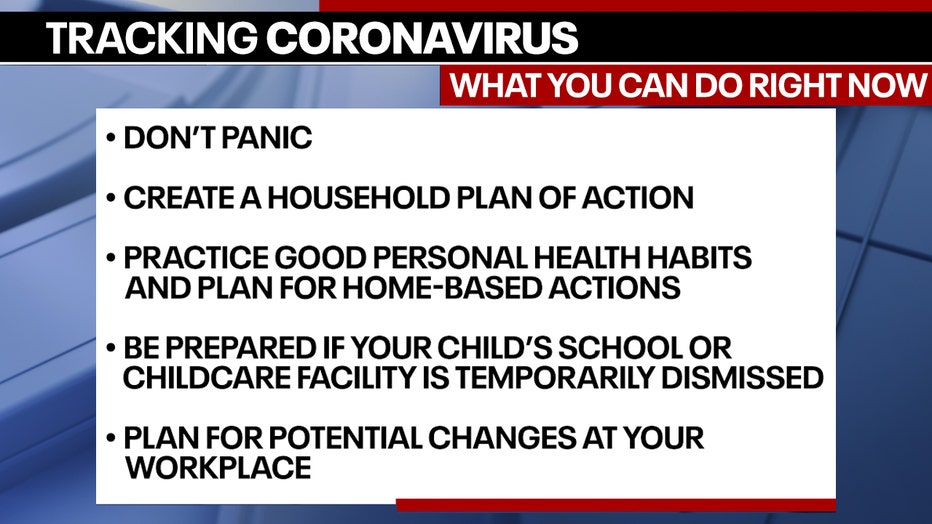
What are the symptoms?
Symptoms for the COVID-19 virus could appear in as few as two days or as long as 14 days after exposure, says the CDC. Reported illnesses have ranged from mild symptoms such as cough, shortness of breath, and a fever, to severe and even fatal.
The Director of the National Institute of Allergy and Infectious Diseases, Anthony Fauci, noted that the symptoms are similar to other respiratory infections. Most U.S. residents experiencing symptoms are likely infected with the flu or “some other virus,” he told Scientific American.
MORE NEWS: FOX 35 News complete overage of the coronavirus
Call your healthcare professional if you develop symptoms, and have been in close contact with a person known to have COVID-19 or if you have recently traveled from an area with widespread or ongoing community spread of COVID-19.
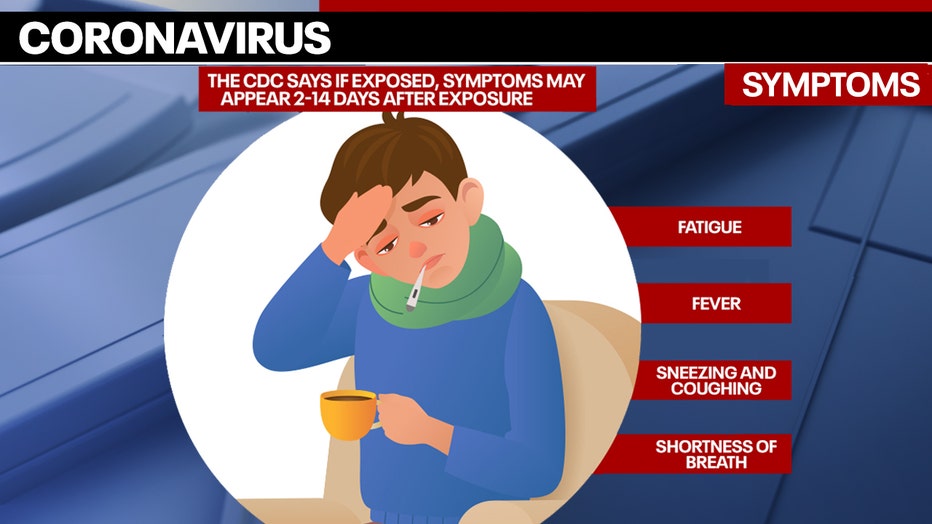

Dr. Oz answers your coronavirus questions
Dr. Oz joined FOX 35 to answer viewers questions about the coronavirus.
How easy is it to get infected?
The current understanding of how the COVID-19 spreads is largely based on what is known about similar coronaviruses. COVID-19 is a new disease and there is more to learn about how it spreads, the severity of illness it causes, and to what extent it may spread in the United States.
Person-to-person: The virus is thought to spread mainly from person-to-person, either between people who are in close contact with one another (within about 6 feet) or through respiratory droplets produced when an infected person coughs or sneezes. These droplets can land in the mouths or noses of people who are nearby or possibly be inhaled into the lungs.
Contact with infected surfaces: It may be possible that a person can get COVID-19 by touching a surface or object that has the virus on it and then touching their own mouth, nose, or possibly their eyes, but this is not thought to be the main way the virus spreads. The U.S. Environmental Protection Agency has approved over 100 products that can be effective against the spreading coronavirus outbreak. While the EPA believes these products may be effective, it is not confirmed that they are powerful enough to kill the virus. Read more about the effectiveness of disinfectants and see a list of products here.
People are thought to be most contagious when they are most symptomatic (the sickest). Some spread might be possible before people show symptoms; there have been reports of this occurring with this new coronavirus, but this is not thought to be the main way the virus spreads.
How easily a virus spreads from person-to-person can vary. Some viruses are highly contagious (spread easily), like measles, while other viruses do not spread as easily. Another factor is whether the spread is sustained.
The virus that causes COVID-19 seems to be spreading easily and sustainably in the community (“community spread”) in some affected geographic areas. Community spread means people have been infected with the virus in an area, including some who are not sure how or where they became infected.

Coronavirus: Are supplements effective? Are packages from overseas contaminated?
A medical team answers questions about the coronavirus during FOX 35 News at 5 p.m. In this segment, we answer questions about the effectiveness of health supplements in fighting the virus and concerns about packages shipped from overseas that might have been exposed to the coronavirus. The phone lines are no longer accepting calls.
Can I get tested for the novel coronavirus?
The CDC announced last week that it had begun shipping about 200 kits to laboratories in the United States and roughly 200 more to labs in more than 30 other countries. Each kit can test about 700 to 800 specimens from patients, the agency said.
On Wednesday, Feb. 26, the CDC announced that many laboratories in the U.S. reported that the test kits they received were not “working as expected.”

Coronavirus: Don’t panic and remember ‘knowledge is power’
A medical team answers questions about the coronavirus during FOX 35 News at 5 p.m. In this segment, doctors stress that panic about the virus is almost as impactful as the virus itself and could have reverberations around the world. The phone lines are no longer accepting calls.
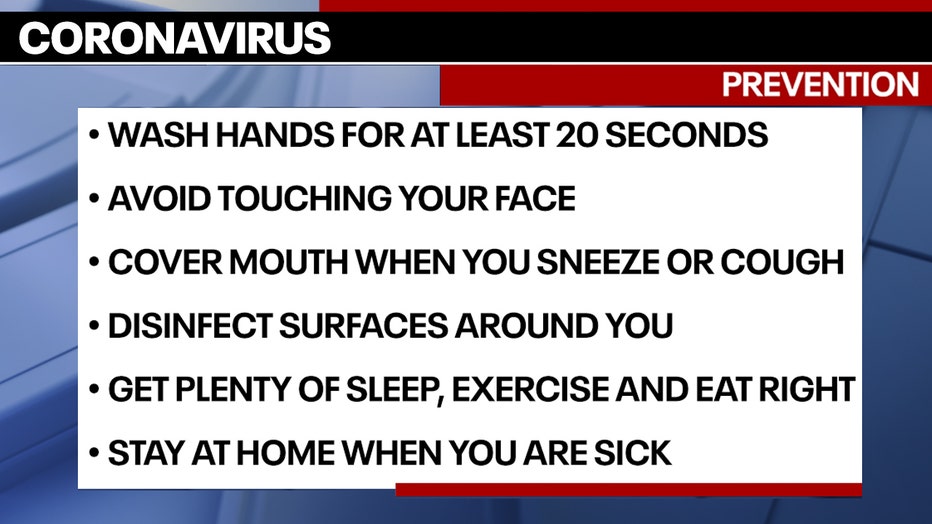

Coronavirus: Should I cancel my flight or cruise?
A medical team answers questions about the coronavirus during FOX 35 News at 5 p.m. In this segment, doctors answer questions about whether or not it is safe to fly or take a cruise. The phone lines are no longer accepting calls.
What precautions can you take?
The CDC warns that there is currently no vaccine to combat the novel coronavirus. In that case, there are some steps you can take to avoid being exposed to the virus in the first place. In order to protect yourself from a possible infection, the CDC recommends:
- Avoid close contact with people who are sick.
- Avoid touching your eyes, nose, and mouth.
- Stay home when you are sick.
- Cover your cough or sneeze with a tissue, then throw the tissue in the trash.
- Clean and disinfect frequently touched objects and surfaces using a regular household cleaning spray or wipe.
- Wash your hands often with soap for at least 20 seconds, especially after going to the bathroom; before eating; and after blowing your nose, coughing, or sneezing.

Coronavirus: Don’t panic and remember ‘knowledge is power’
A medical team answers questions about the coronavirus during FOX 35 News at 5 p.m. In this segment, doctors stress that panic about the virus is almost as impactful as the virus itself and could have reverberations around the world. The phone lines are no longer accepting calls.
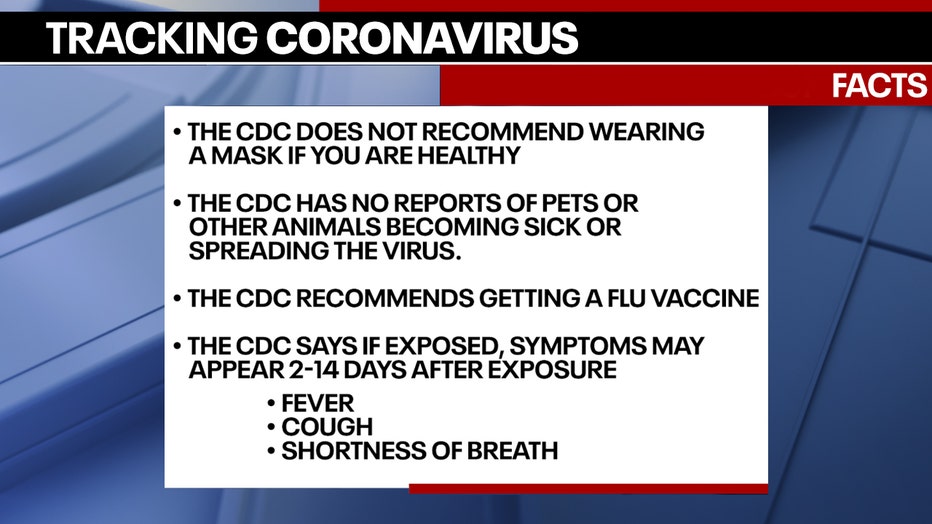
What should you do if you are sick?
Stay home. If you believe you have been infected by the COVID-19 virus, it is crucial that you restrict any activity outside and call a medical professional immediately.
It is important to call ahead before visiting a healthcare provider so that their office may take proper steps to avoid further spread of the virus when arriving for your medical appointment.

Coronavirus: How does it compare to the flu?
A medical team answers questions about the coronavirus during FOX 35 NewsEdge at 6 p.m. In this segment, we answer questions about how the coronavirus compares to the flu and what precautions should businesses take to protect patrons. The phone lines are no longer accepting calls.

Coronavirus: Is it safe to handle cash? Are pregnant women more susceptible?
A medical team answers questions about the coronavirus during FOX 35 NewsEdge at 6 p.m. In this segment, we answer questions about how the coronavirus could impact how we handle cash or credit cards and what precautions people should take if they are planning a cruise. The phone lines are no longer accepting calls.
How widespread is the disease?
The CDC on Tuesday warned the American public to prepare for an outbreak of the disease. The virus is already present in dozens of countries, including the United States.
In Florida, Governor Ron DeSantis declared "a public health emergency," as the state works to stop the spread of coronavirus. The emergency status equips the state with the necessary resources to do so. For example, Tampa, Miami, and Jacksonville now have testing centers for COVID-19. Tests are performed at these laboratories and results are shown in 24 to 48 hours. If the patient tests positive, then the specimens are sent to the CDC for final confirmation.
A website has been established by the Florida Department of Health to monitor the latest coronavirus developments.
Can someone who has been quarantined spread the illness?
Quarantine means separating a person or group of people who have been exposed to a contagious disease but have not developed illness (symptoms) from others who have not been exposed, in order to prevent the possible spread of that disease.
Quarantine is usually established for the incubation period of the communicable disease, which is the span of time during which people have developed illness after exposure. For COVID-19, the period of quarantine is 14 days from the last date of exposure, because 14 days is the longest incubation period seen for similar coronaviruses.
Someone who has been released from COVID-19 quarantine is not considered a risk for spreading the virus to others because they have not developed illness during the incubation period.

